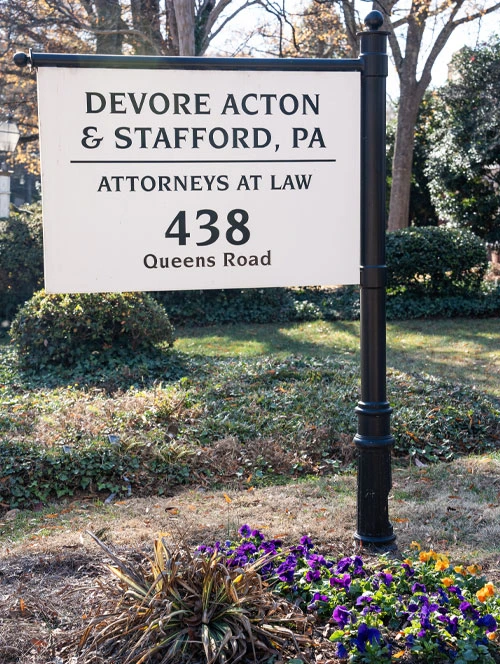Why is the NHTSA telling automakers to make it loud?

When it comes to automobiles, the tastes of American consumers have evolved considerably over the last decade. Indeed, they are now looking for more than just powerful engines and novelty features, rather they want computer interfaces, advanced safety features and, of course, good fuel economy.
For many prospective buyers, this latter concern is paramount, as they don’t want to be at the mercy of fluctuating gas prices and want to limit their carbon footprint. In fact, it’s for this reason that sales of hybrid and even electric cars have been very good for both domestic and foreign automakers.
Interestingly enough, the hybrid and electric vehicles rolling off the assembly lines in the near future will be equipped with a new safety feature courtesy of the National Highway Traffic Safety Administration.
What is the safety feature in question?
On Monday, the NHTSA officially announced a new “quiet car” safety standard for hybrid and electric vehicles that will require them to emit a sound at low speeds to mitigate the risk to both cyclists and pedestrians, particularly those who have vision problems or are blind.
Is the safety risk serious enough to justify this step?
Statistics from the NHTSA reveal that the odds of a hybrid vehicle being involved in a pedestrian accident are 19 percent higher than a regular gas-powered vehicle, while the odds of it being involved in a bicycle accident are 38 percent higher.
The NHTSA is predicting that the new rule should help prevent as many as 2,400 pedestrian injuries per year once fully implemented.
What are the specifics of the standard?
The NHTSA standard dictates that all four-wheel hybrid or electric vehicles weighing 10,000 or less will need to come with equipment that emits an audible noise when traveling at forward speeds of up to 19 miles-per-hour or in reverse.
All new vehicles will need to meet the new federal safety standard by September 1, 2019, with half of all new vehicles needing to be in compliance one year before this deadline.
Why is the audible noise only required for low speeds?
The NHTSA indicates that once hybrid and electric vehicles exceed 19 miles-per-hour, they generally emit wind noise and tire noise that adequately announces their presence to cyclists and pedestrians.
It’s encouraging to see this new standard, which has been in the pipeline for quite some time, finally become a reality. Here’s hoping it makes a difference.

request your consultation
"*" indicates required fields


